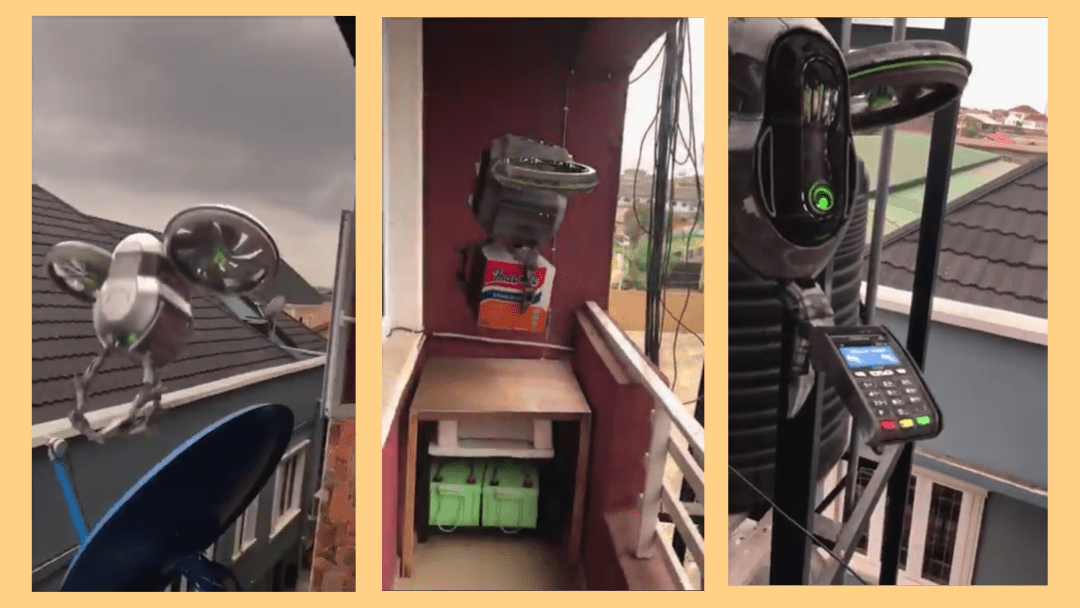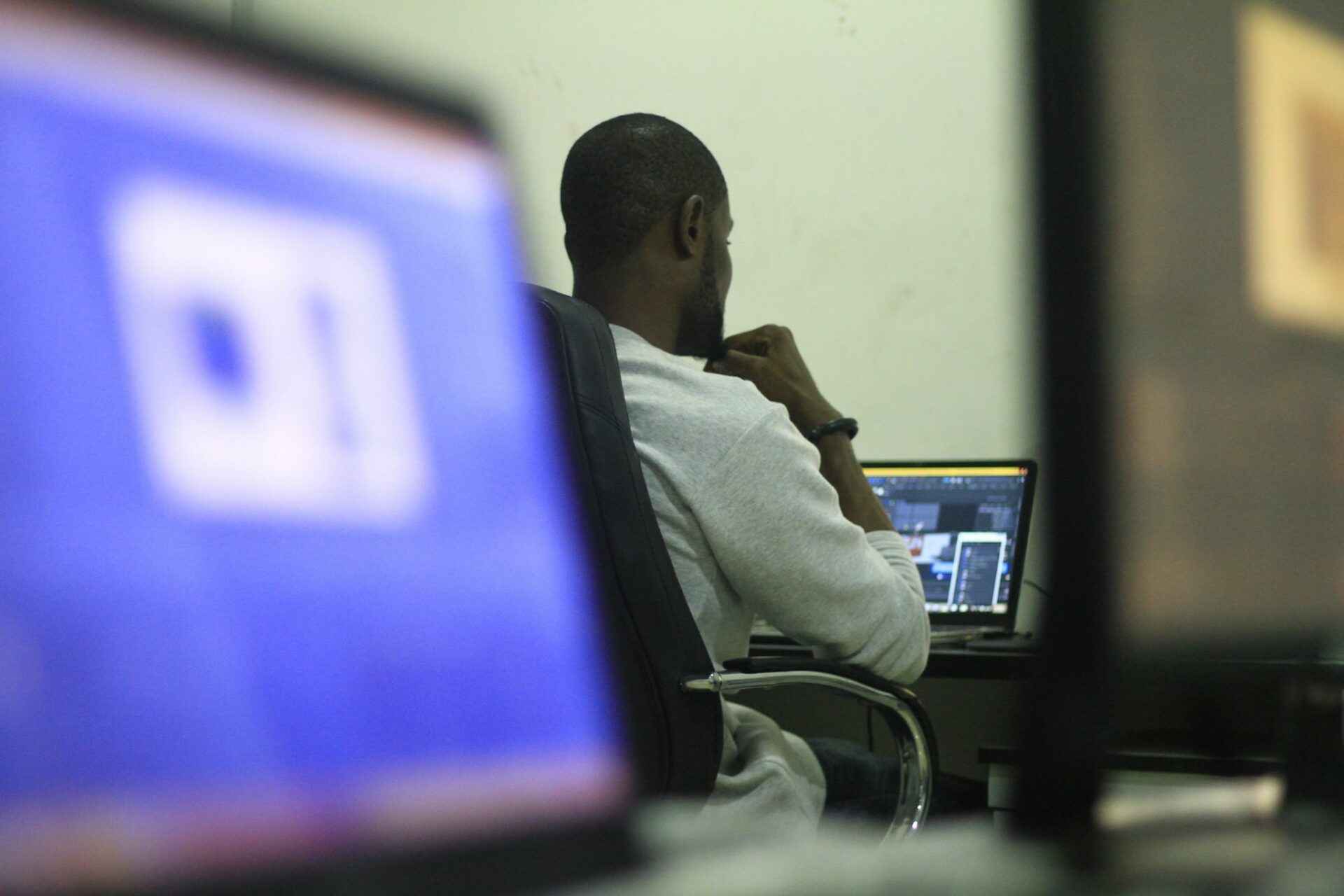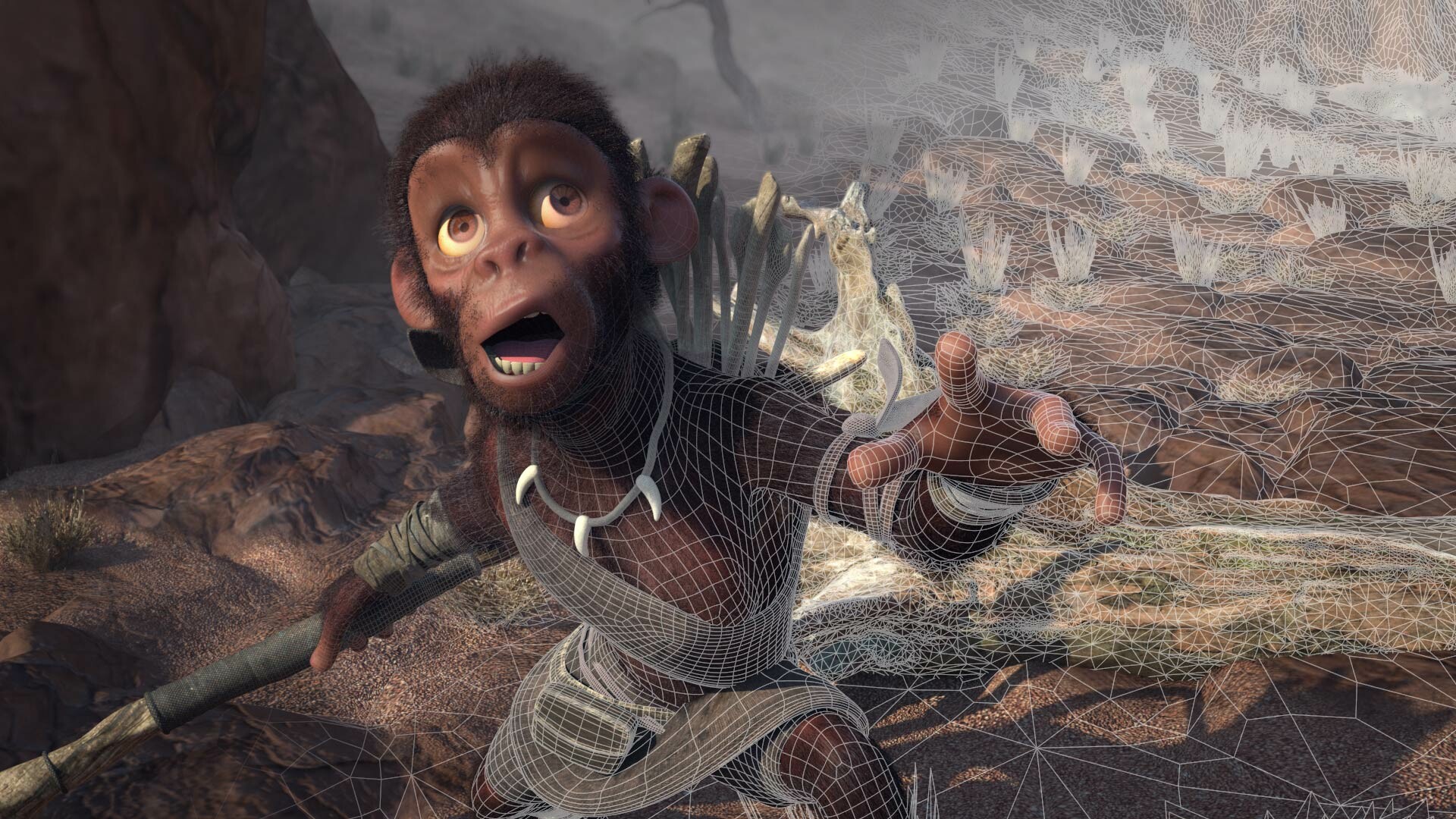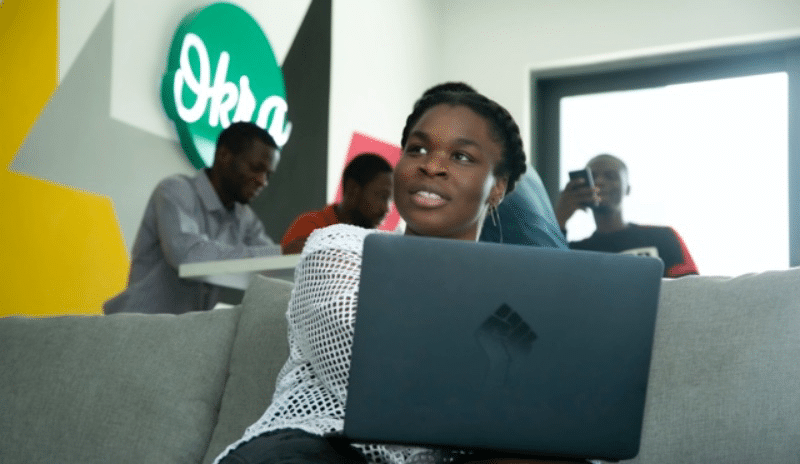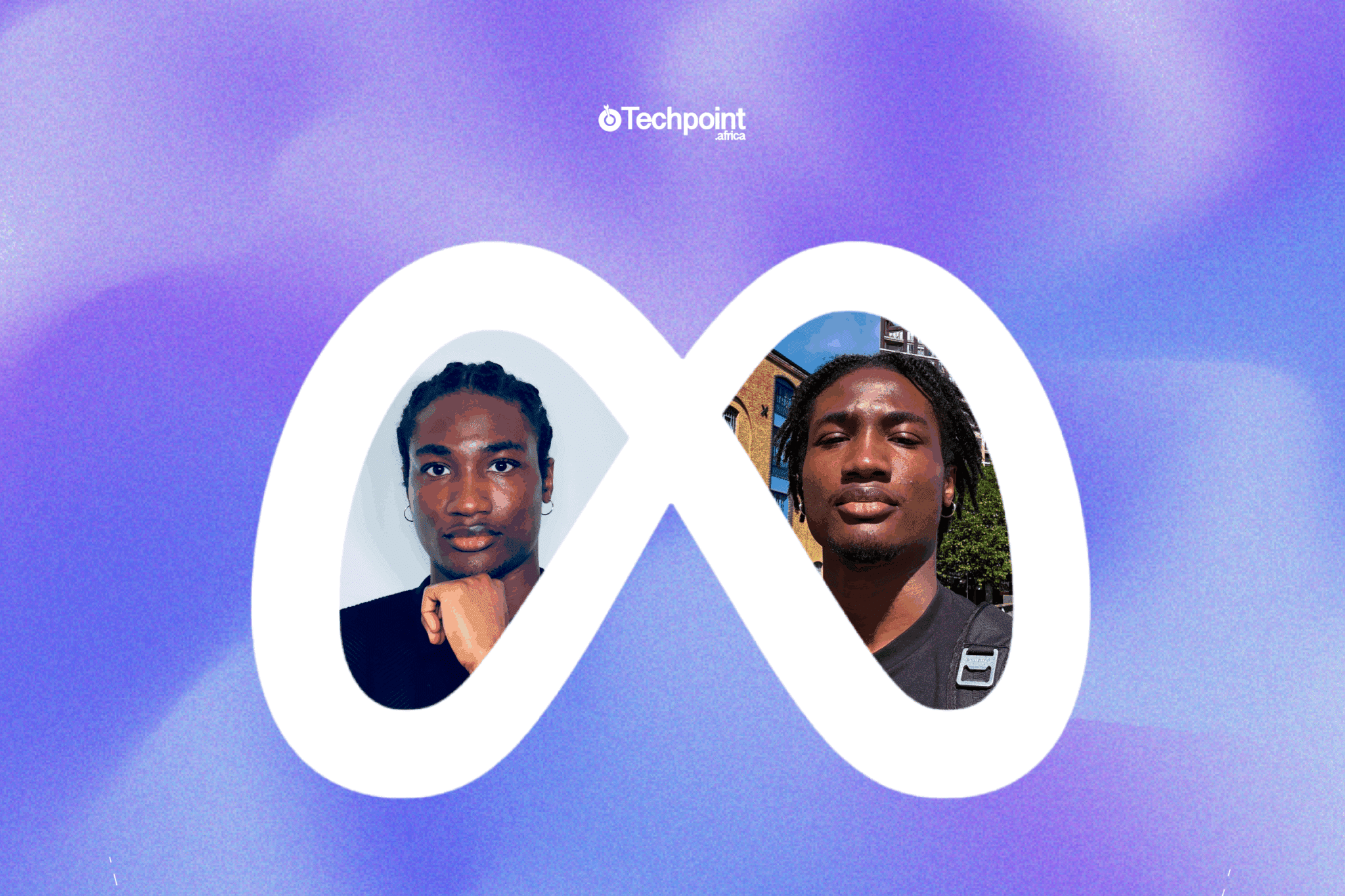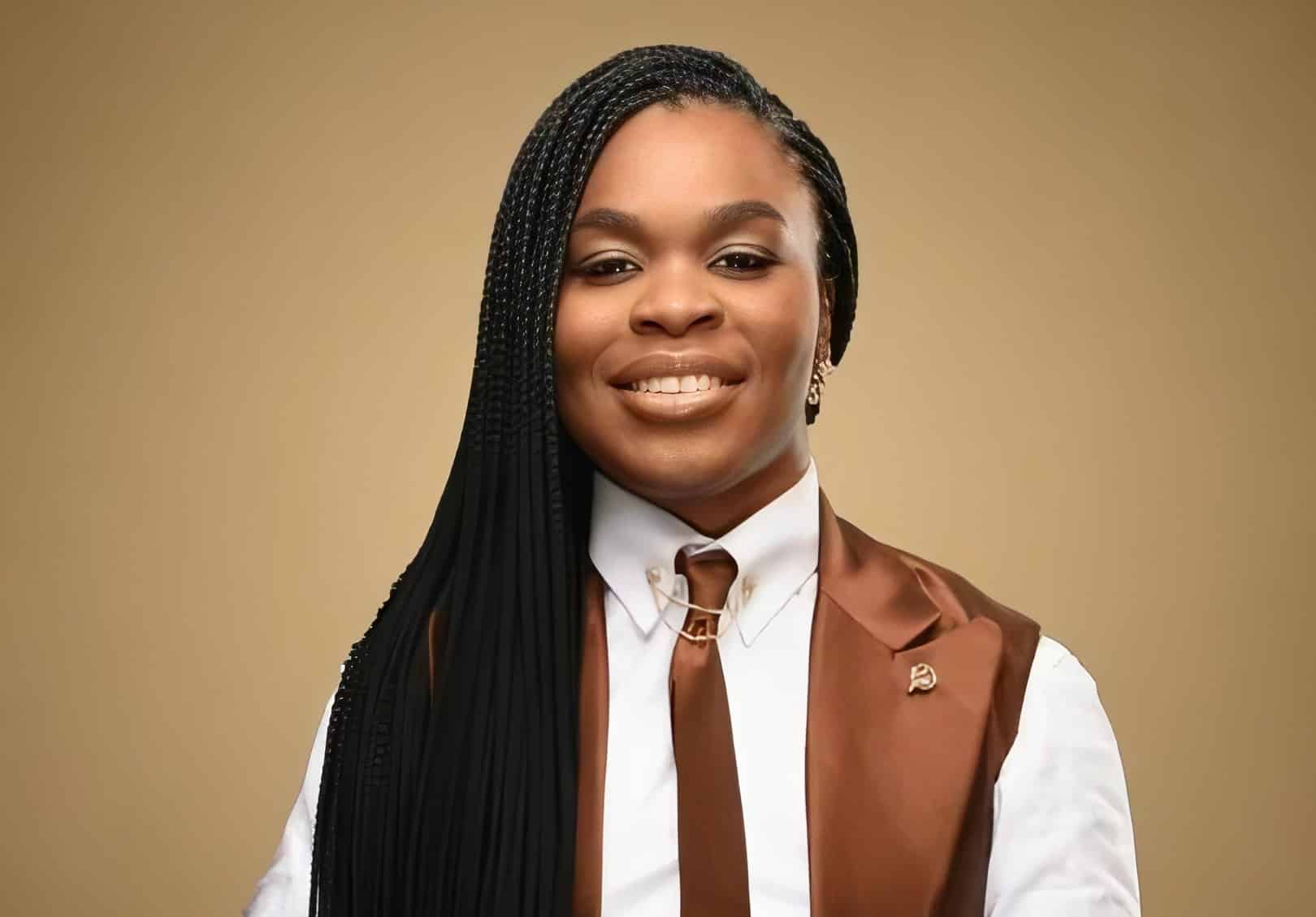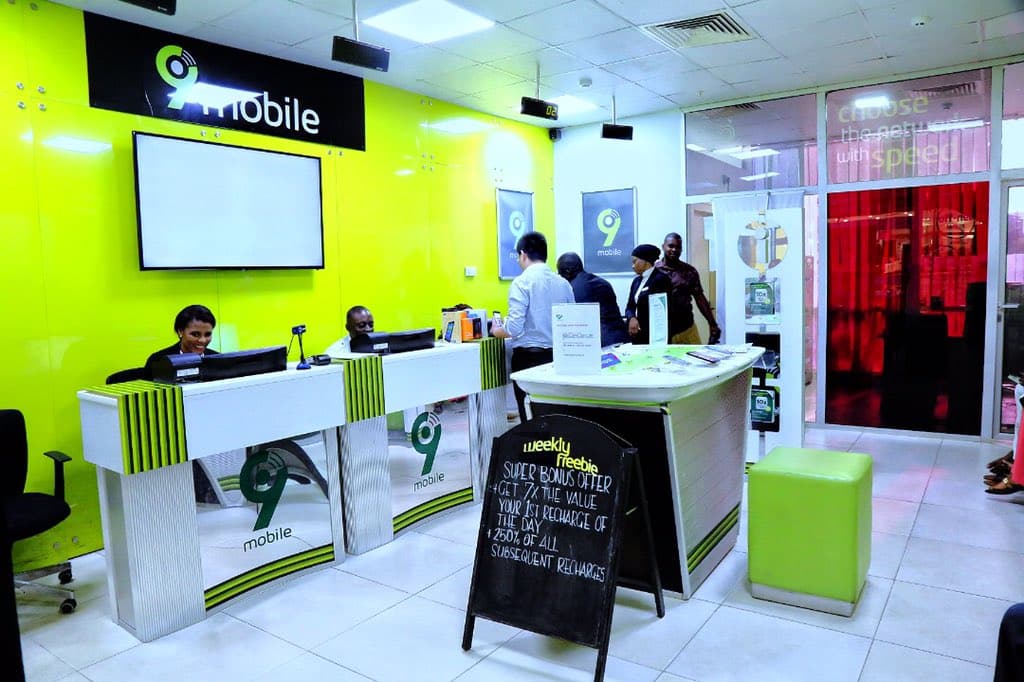“Indomie is now doing deliveries with drones,” one of my friends shouted. He looked surprised and excited at the same time as he showed me a video on WhatsApp.
A drone was hovering over a balcony carrying a carton of Indomie noodles. Following the command of the person behind the camera, it dropped the carton on a table and brought out a PoS device, seemingly out of nowhere. The person recording then went on to make payment by swiping their card through the PoS. And that was it. No PIN or few seconds of network delay. A simple swipe and the drone glided away.
For a few seconds, we fell for it. After all, drone technology and its possibilities are no longer strange — not even to the layman. But as much as I wanted to believe this utopic image that would revolutionise e-commerce in Nigeria, I was sceptical. It seemed too perfect and seamless to be real.
So, I did a quick Google search and found the original video on Twitter. It immediately confirmed my doubts. The video was captioned with hashtags “#visualeffects” and “#3Danimation”. Anisiuba Uche, who posted the video, also happened to be the co-founder of an animation and visual effects company.
So I ran out of Indomie yesterday, needed to make a quick restock, never knew we had a drone delivery service in Lagos 😂.#visualeffects #redshift3d #nollywood #africarising #africatech #nigerian #3Danimation #motiondesign @IndomieNigeria @myaccessbank @AccelerateTV @burnaboy pic.twitter.com/TyYGBOXnf8
— Uche Anisiuba (@Anisiuba_Uche) August 26, 2020
But these didn’t stop thousands of people who viewed the video from thinking — or almost thinking — it was real.
“Is this our Nigeria??” “Wow..are you for real. Drone delivery service in Lagos.” “What company offers that service? And is the drone safe from theft?”. These were some of the reactions to the video, which has spread on Twitter, Facebook, WhatsApp, TikTok and LinkedIn.
Techpoint Africa talked to Anisiuba Uche who made the video about how he got into visual effects (VFX) and how his 35-second video that fooled the internet came together.
Before you posted the video, how did you think people would react to it? Did you expect it to go viral?
I never expected it to go viral. Due to COVID-19, things were a bit slow, so I wanted to push it to some of my guys who work in advertising agencies to see if it‘s something that their clients would want. That was the essential idea. But the thing took off.
What has the feedback been like?
I put it on Facebook and Instagram and it was going little by little. But once I dropped it on Twitter, the spread was exponential. In fact, celebrities have even come on board. I have Banky W and a couple of other guys following me. Niyi Akinmolayan who directed The Wedding Party 2 shared it on Twitter and Instagram. And then there is another producer that did Sugar Rush who now follows me based off that video on Instagram. So it seems to be moving, at least, it’s definitely not what I expected — which is a good thing.
As good as that is, I didn’t expect some people to start stealing it to promote their businesses without tagging me. I get that some of it might not be malicious but a lot of us do not understand the gravity of intellectual property and how serious it can get if someone has the time to follow up.
You said your goal was to drive business, does that mean the brands you featured in the video were a strategic decision?
Yes, I actually thought about it for days. None of them has called me, which is funny, but I’ve gotten other conversations. I have two meetings scheduled, one of which is with a global brand, so that’s something.
From the replies, I saw that so many people fell for the video. What has the reaction been like within your circle?
It’s been great. The funny thing is, even people that know I do stuff like this had to second guess. My brother saw the video and the only thing that made him realise it wasn’t real was how quickly the PoS transaction happened. I told him it was 5G.
How long did it take you to make the video?
It took me about three days to think about the concept and fine-tune it in my mind, and five days to make it.
I imagine many would be wondering, how did you make the video look so realistic?
So I got into visual effects, which is what this is, in late 2018. Basically, the kind of high-end 3D they use in Marvel — those Avengers-type 3D.
I also run a company called Quadron Studios. We did a project of similar standard between 2018 and 2019 called Skelebe. It’s about a Lagos Rat from Warri that has an attitude and talks to people. It’s like Ratatouille but in Lagos.
That was when I developed the skills. Since then, I’ve done a couple of VFX projects but this is my first personal project that I did and put out there.
I’ve been doing animation for a while but there seems to be a stigma for cartoonish animation in Nigeria. The idea of animation is for kids. But I realised that folks still watch Avengers, not knowing that it’s animation.
Lion King is a hundred per cent animation and many people don’t know. And since it takes almost the same time to do both of the different kinds of animation, I thought, why not move to where the market seems to be.
I read that you studied mass communication. How did you go from that to creating visual effects?
A lot of Google and a lot of YouTube. Although I’ve taken some online courses, I had already gone pretty far and started making money off 3D before being able to pay $1,500 per course.
I started doing visual effects during my NYSC. I studied mass communications but after school, I realised it wasn’t what I wanted to do. I had always been an artist and always drawn and painted. I also loved visual effect movies, high-end video games and animated movies, so it seemed like the right direction to go.
So during NYSC, I got a laptop and a lot of tutorial CDs in Lagos. My NYSC was in Osun state and there was light most of the time, so I always locked myself in and worked.
After NYSC, I went to a studio in Lagos called Orange VFX. They had an animation training course, so I used all my savings from NYSC to pay for it. By the time I finished, they employed me. That’s how the whole thing started.
How would you describe visual effects and your process for making this kind of video to a layman?
If you’ve ever seen the behind-the-scenes videos of these movies, you’ll notice that the actors look crazy. For instance, while shooting this video, there was no drone. I was talking to the air and I swiped my card in the air. There was nothing there. Someone saw me while I was shooting — and my house is in Yaba not far from the psychiatric hospital popularly known as Yaba Left.
So the process is that you shoot first with the actors playing along. Sometimes, there is a physical representation of the thing you are supposed to be interacting with. This is usually to aid your eye angle. You need to have an approximation of where the things are. Once you’re able to get the action to look like there’s something they’re interacting with, you can then do the CGI.
There are other things you will need to do like motion tracking. This is essentially using programs to approximate the position and movement of the real camera used to capture the thing. Motion-tracking allows you to recreate the camera that has the same focal length, exposure and motion as the real camera.
Once you have that, you can then bring the camera into 3D and then you can start adding stuff. There are a lot more technical things involved but those are the basics behind it.
Another thing that also helps is having very similar lighting environments. So for that, I had to do a 360 picture of the environment that I shot the video. I used Google Street View to pull it off.
I hear some people have been energetically arguing if this is real or not. Let me help you out. Here is a before and after 😂. Sorry, not sorry 😆 pic.twitter.com/sUapRMTftl
— Uche Anisiuba (@Anisiuba_Uche) August 28, 2020
How is this different from Augmented Reality?
I also make AR and VR apps and it is very similar in a sense. This is because you obviously have to create 3D objects, and you have to put colours and texture too.
The only difference is that VFX stuff is usually way more realistic than AR and VR, and AR is more real-time. So being real-time, it has to be optimised so that your phone can run it.
There are a lot more technicalities to it. AR is usually done in game engines like Unity and Unreal engine. Facebook has a software called Spark AR that allows you to do AR stuff. Even Instagram does AR.
But VFX is mostly for films and sometimes TV commercials, and are usually more high end. For example, if you watch Avengers, Iron Man becomes visual effects once he’s wearing his suit. Once Spider-Man closes his suits, it becomes visual effects. The Incredible Hulk and Thanos are a hundred per cent visual effects.
Beyond this video, what broader applications do visual effects have?
The idea of visual effects is that it allows you to create things that do not exist as if they exist. So you can actually put people in these worlds and environments. You have characters like Sméagol from Lord of the Rings exist in the world.
They lend themselves to fantasy movies, epic type movies, and action movies that have a lot of high-intensity stuff too dangerous for an actor to pull off. TV commercials too, because they also deal a lot with fantasy.
I have a friend who is recently using it for architecture. You can have a real-looking video of a house in a certain location without having to build the house. So, some people use it as a marketing tool to sell houses even before completing them. There are several use cases but these are the ones that come to mind.
There are also negative use cases. Imagine people believing this thing is real, now imagine if I wanted to sell a plane or a car. So, it’s very convincing too.
There are other tools within the VFX spectrum. There is one called Deepfake (which replaces a person in an existing image or video with someone else’s likeness). It has its upsides because you can actually have an old actor act in his twenties. You can also have an actor that is dead actually cast in a movie. The downside is that you can set someone up by having them appear in a place where they shouldn’t be. But at least, the people that use the technology are working around the safety issues.
https://www.instagram.com/p/CAm2C0FJ4U7/
Realistic productions like this are not strange in Hollywood movies but they’re still rare in Nollywood productions? Why do you think this is, are there things being done to move to the next level?
I think it is slowly being done. There are some people slowly implementing visual effects in their movies. But I think one of the major issues with Nigerian movies is budget, which is tied to return on investment.
We have a relatively small film market. I realised while putting together a business document for Skelebe that few films cost over ₦100 million. Only films like The Wedding Party and a handful of other films have done over ₦100 million.
4 Awesome Nigerian 3D Animators you (probably) never knew existed
There are a couple of reasons why that is the case. First, there aren’t a lot of film cinemas in Nigeria. We do not yet have a strong cinema culture. Also, Alaba boys have been amazing, so there are piracy issues too.
But thankfully, there are companies like Netflix, Hulu, Apple TV, and other streaming services and airline services that actually aid distribution. So it is changing gradually and budgets are increasing.
Technical capacity is another major issue because this stuff requires a lot of work and technicality. For example, to do that video I had to use four different software that I knew in-depth and have been working with for years. There are only a handful of people that I know that may be able to attempt something like that in Nigeria now.
What advice would you give someone who has seen this video and wants to learn visual effects?
I’ll say Google and YouTube. Right now, where the world is, there is nothing someone wants to learn that isn’t online. In fact, people are giving it out for free, which is weird.
We were organising animation training and stuff for a while but we had to stop because of COVID-19. But regardless, I started doing Deepfakes during this COVID-19. I learned it on YouTube from scratch. I also learned VFX from scratch on YouTube.So, the information is out there. If someone has the time and dedication to actually focus and learn, it is doable.
Also, there are different paths to it, so I won’t say this as what you have to learn, it just depends on the goal you set for yourself. There are people who are more drawn towards character type visual effects with human-like creatures. There are others who are more drawn to effects type VFX where there are car explosions, house demolitions and so on. So the paths are slightly different.
To do character VFX, you actually have to understand human anatomy and how the human body works. Those ones are a lot more technical. For example, with Skelebe, we spent months studying rat anatomy. We had to recreate the muscle system and bones so that when it’s moving, the skin moves and glides and jiggles like a real rodent. So those ones are way more technical.

